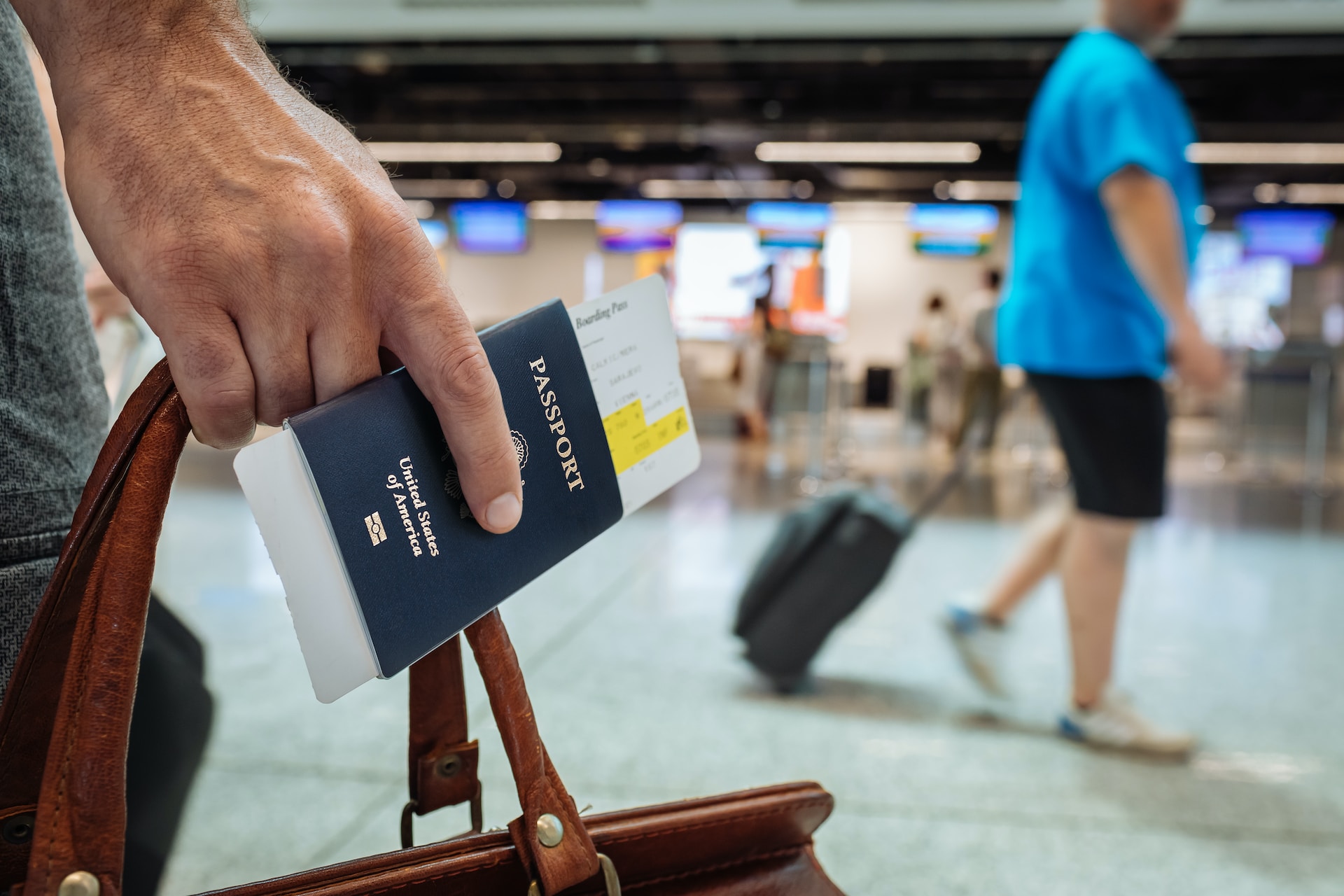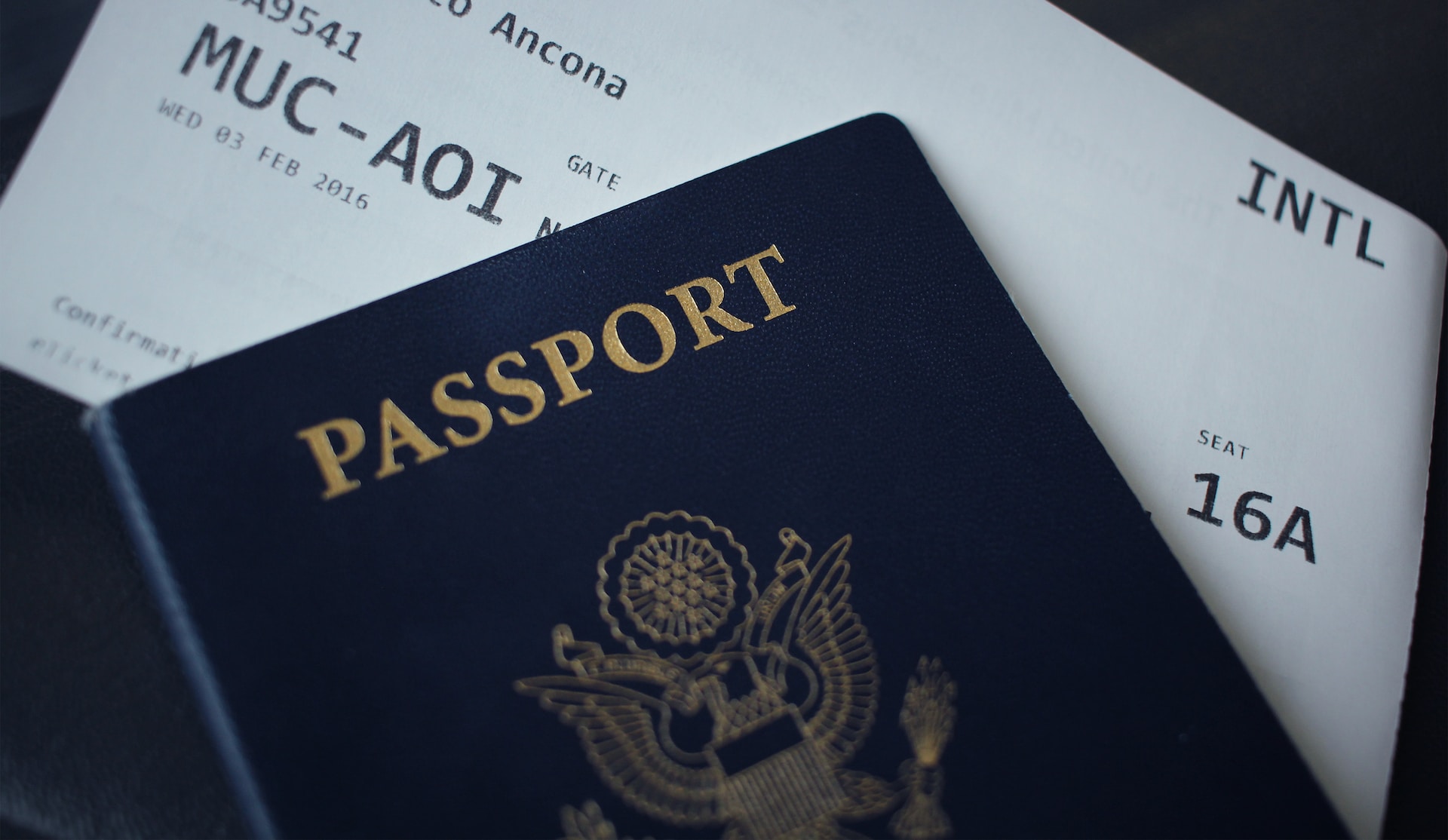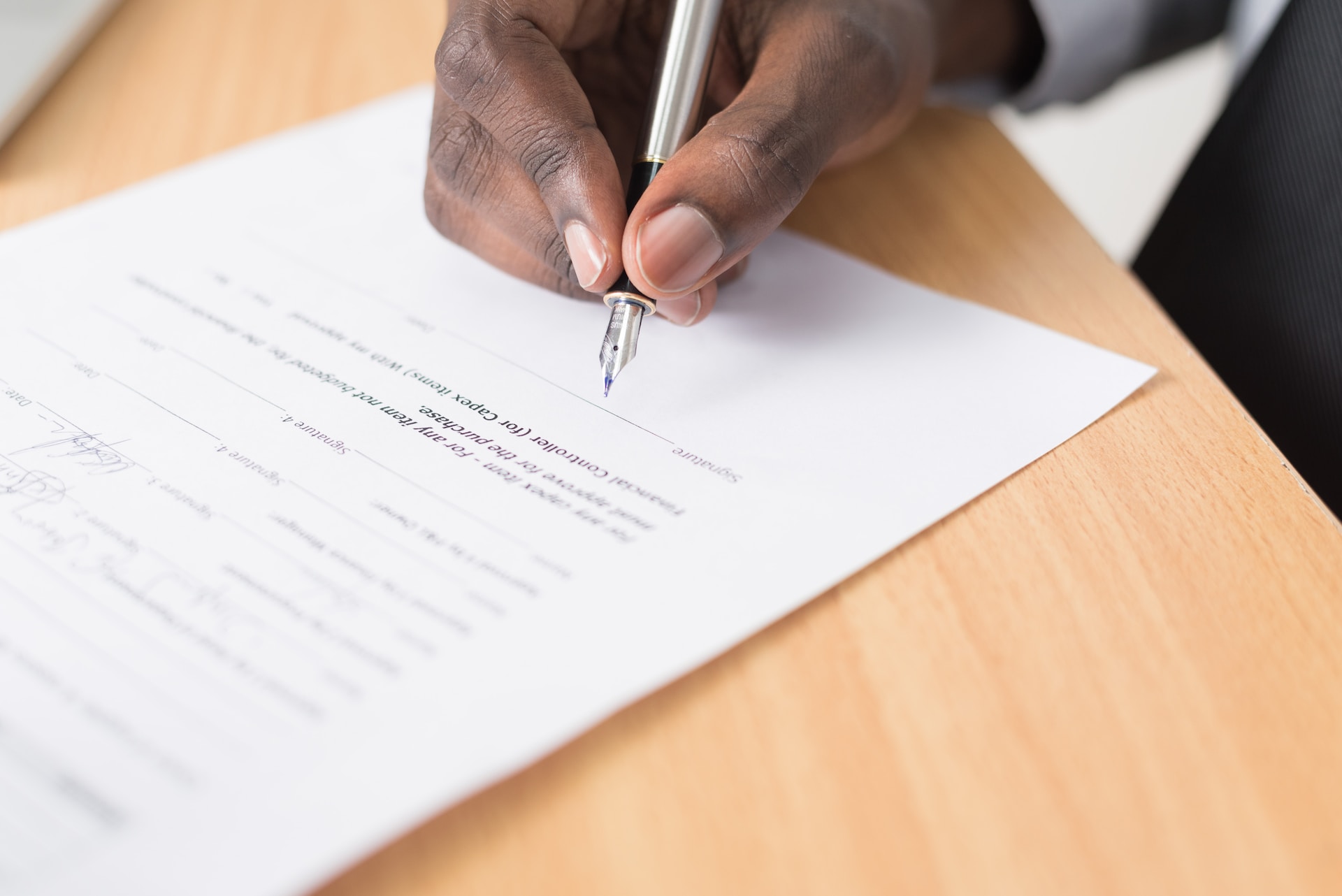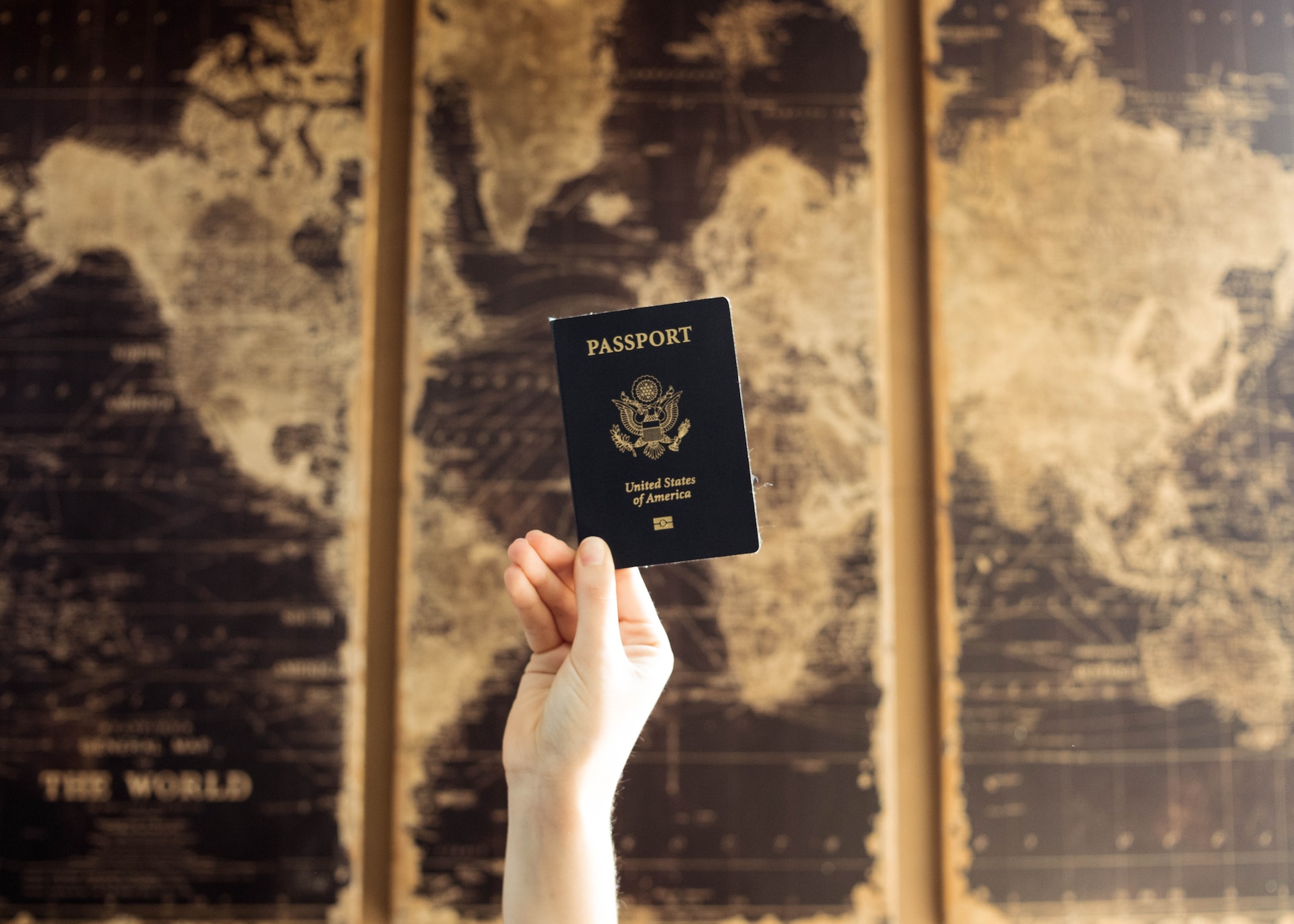Are you a green card holder who wants to become a U.S. citizen? If so, you may be wondering how to go about the process of naturalisation, which is the legal way of obtaining U.S. citizenship after meeting certain requirements. In this article, we will explain what U.S. citizenship is, why some people want it, and how you can apply for it after getting a green card. We will also discuss the benefits and drawbacks of U.S. citizenship, as well as some alternatives that you may want to consider.
Eligibility Requirements for U.S. Citizenship
Before you can apply for U.S. citizenship, you need to make sure that you meet the eligibility requirements set by the U.S. government. These include:
- Being at least 18 years old
- Having a green card (permanent resident status) for at least five years, or three years if you are married to a U.S. citizen
- Having continuous residence in the U.S. for at least five years, or three years if you are married to a U.S. citizen
- Having physical presence in the U.S. for at least half of the required residence period
- Having good moral character and not having committed certain crimes or violations
- Being able to read, write, and speak basic English
- Having knowledge of U.S. history and government
- Being willing to support and defend the U.S. Constitution and its laws
If you meet these requirements, you can proceed to the next step of applying for naturalisation.
How to Apply for Naturalisation
The process of applying for naturalisation involves five main steps:
Step 1: Complete Form N-400, Application for Naturalisation
The first step is to fill out Form N-400, which is the official application form for naturalisation. You can find this form on the website of the U.S. Citizenship and Immigration Services (USCIS), or request a paper copy by mail or phone. You will need to provide information about your personal details, your immigration history, your residence and travel history, your family and marital status, your employment and education history, your tax and military status, your affiliations and memberships, your criminal and civil records, and your oath of allegiance.
You will also need to answer some questions about your eligibility and background, such as whether you have ever been involved in terrorism, genocide, torture, persecution, or any other activities that may affect your moral character or loyalty to the U.S.
You should answer all the questions truthfully and accurately, as any false or misleading information may result in denial of your application or revocation of your citizenship.
Step 2: Submit Your Application and Supporting Documents
The next step is to submit your completed Form N-400 along with the required supporting documents and fees to USCIS. The supporting documents may vary depending on your specific situation, but they generally include:
- A copy of your green card (both sides)
- Two passport-style photos
- A copy of your birth certificate or other proof of identity
- A copy of your marriage certificate or divorce decree (if applicable)
- Evidence of your spouse’s U.S. citizenship (if applicable)
- Evidence of your continuous residence and physical presence in the U.S.
- Evidence of your good moral character and civic involvement
- Evidence of your English language proficiency and U.S. civics knowledge (if applicable)
The fees for applying for naturalisation are currently $725, which includes $640 for the application fee and $85 for the biometrics fee. You can pay by check, money order, or credit card. You may also request a fee waiver or a reduced fee if you meet certain income or financial hardship criteria.
You can submit your application and documents online through the USCIS website, or by mail to the address specified on the form instructions. You should keep a copy of everything you send for your records.
Step 3: Attend Your Biometrics Appointment
After USCIS receives your application and documents, they will schedule you for a biometrics appointment at a local application support center. At this appointment, you will have your fingerprints, photograph, and signature taken for identity verification and background check purposes. You will also receive a receipt notice that confirms your application and gives you a tracking number.
You should bring your receipt notice, your green card, and another form of identification to your biometrics appointment. You should also follow the instructions on the notice regarding any additional documents or information that you may need to bring or submit.
Step 4: Prepare for Your Interview and Test
The next step is to prepare for your naturalisation interview and test, which will take place at a local USCIS office. The interview and test are designed to assess your eligibility, knowledge, and skills for becoming a U.S. citizen.
The interview will consist of a personal interview with a USCIS officer, who will review your application and documents, ask you questions about your background and eligibility, and verify your identity and oath of allegiance.
The test will consist of two parts: an English test and a civics test. The English test will evaluate your ability to read, write, and speak basic English. You will be asked to read aloud one sentence out of three, write one sentence out of three, and answer some questions in English. The civics test will evaluate your knowledge of U.S. history and government. You will be asked 10 questions out of 100 possible questions, and you need to answer at least six correctly.
You should study for the interview and test by reviewing your application and documents, practicing your English skills, and learning the civics questions and answers. You can find study materials and resources on the USCIS website or other online platforms.
You should also bring your green card, your passport (if you have one), and any other documents or information that USCIS may request to your interview and test.
Step 5: Attend Your Naturalisation Ceremony
The final step is to attend your naturalisation ceremony, where you will take the oath of allegiance and receive your certificate of naturalisation. This is the moment when you officially become a U.S. citizen.
You will receive a notice from USCIS that tells you the date, time, and location of your ceremony. You should arrive early, dress appropriately, and bring your green card, your passport (if you have one), and any other documents or information that USCIS may request.
At the ceremony, you will check in with USCIS officials, return your green card, take the oath of allegiance, receive your certificate of naturalisation, and register to vote (if you wish). You may also have the opportunity to apply for a U.S. passport or update your social security record.
You should keep your certificate of naturalisation safe, as it is an important proof of your U.S. citizenship. You should also celebrate this milestone with your family and friends.
Benefits and Drawbacks of U.S. Citizenship
Becoming a U.S. citizen has many benefits and drawbacks that you should consider before applying for naturalisation. Here are some of them:
Benefits of U.S. Citizenship
- You can vote in federal, state, and local elections
- You can run for public office (except for president or vice president)
- You can obtain a U.S. passport and travel freely around the world
- You can sponsor your relatives for immigration to the U.S.
- You can apply for federal jobs and benefits that require citizenship
- You can participate in jury duty
- You can enjoy the protection and assistance of the U.S. government when abroad
- You can express your loyalty and pride in being an American
Drawbacks of U.S. Citizenship
- You may lose or renounce your original citizenship (depending on the laws of your country of origin)
- You may have to pay taxes on your worldwide income (even if you live abroad)
- You may have to register for selective service (if you are a male between 18 and 26 years old)
- You may have to comply with certain laws and obligations that apply to U.S. citizens (such as filing tax returns, reporting foreign bank accounts, etc.)
- You may face difficulties or conflicts of interest when dealing with your country of origin or other countries that have different policies or relations with the U.S.
- You may have to renounce any titles or honors that you have from your country of origin or other countries
Alternatives to U.S. Citizenship
If you are not sure whether you want to become a U.S. citizen, or if you are not eligible for naturalisation, you may want to explore some alternatives that can still allow you to live and work in the U.S. legally and enjoy some rights and benefits. Here are some of them:
Permanent Resident Status
Permanent resident status, also known as having a green card, is the most common alternative to U.S. citizenship. It allows you to live and work in the U.S. indefinitely, as long as you maintain your status and do not commit any crimes or violations that may result in deportation. You can also travel outside the U.S. for short periods of time, as long as you do not abandon your residence.
As a permanent resident, you can enjoy some rights and benefits, such as:
- Applying for a social security number and card
- Obtaining a driver’s license and state identification card
- Opening a bank account and obtaining credit
- Buying property and paying taxes
- Attending public schools and colleges
- Accessing public health care and social services
- Joining the U.S. armed forces (under certain conditions)
However, as a permanent resident, you also have some limitations and obligations, such as:
- Not being able to vote or run for office
- Not being able to obtain a U.S. passport or travel to certain countries without a visa
- Not being able to sponsor your relatives for immigration (except for your spouse and unmarried children under 21 years old)
- Not being able to apply for federal jobs and benefits that require citizenship
- Not being able to participate in jury duty
- Having to renew your green card every 10 years
- Having to report any changes of address to USCIS within 10 days
- Having to obey all U.S. laws and respect the U.S. Constitution
Dual Citizenship
Dual citizenship, also known as having two passports, is another alternative to U.S. citizenship that may appeal to some people who want to retain their original citizenship while acquiring a new one. It allows you to enjoy the rights and benefits of both countries, as well as the flexibility and convenience of traveling and living in both places.
However, dual citizenship also comes with some challenges and risks, such as:
- Having to comply with the laws and obligations of both countries (such as paying taxes, serving in the military, etc.)
- Having to deal with potential conflicts of interest or loyalty when there are disputes or differences between the two countries
- Having to face possible discrimination or prejudice from either country or other countries that do not recognize dual citizenship
- Having to obtain permission from both countries before renouncing either citizenship
Not all countries allow dual citizenship, so you should check the laws of your country of origin before applying for naturalisation in the U.S. The U.S. does not formally recognize dual citizenship, but it does not prohibit it either. However, if you become a U.S. citizen, you will be expected to act as a loyal American when in the U.S. or when dealing with the U.S. government.
Conclusion
In conclusion, applying for U.S. citizenship after getting a green card is a major decision that requires careful consideration of the eligibility requirements, the application process, and the benefits and drawbacks of becoming an American. It also involves some alternatives that may suit your needs and preferences better than naturalisation.
If you decide to pursue naturalisation, you should prepare well for the interview and test, attend your ceremony, and celebrate your achievement. If you decide to remain a permanent resident or pursue dual citizenship, you should maintain your status, respect your rights and obligations, and enjoy your life in the U.S.
Whatever you choose, we hope this article has helped you understand how to apply for U.S. citizenship after getting a green card.
Frequently Asked Questions
Here are some frequently asked questions about applying for U.S. citizenship after getting a green card:
How long does it take to become a U.S. citizen after getting a green card?
The time it takes to become a U.S. citizen after getting a green card varies depending on several factors, such as your location, your background, your application volume, and your case complexity. According to USCIS, the average processing time for naturalisation applications is 8 months, but it can range from 6 months to more than a year.
How much does it cost to become a U.S. citizen after getting a green card?
The cost of becoming a U.S. citizen after getting a green card consists of the application fee, the biometrics fee, and any other expenses related to your preparation and travel. The current fees for applying for naturalisation are $725, which include $640 for the application fee and $85 for the biometrics fee. You may also have to pay for study materials, transportation, postage, photocopying, translation, legal assistance, or other services that you may need or use.
Can I apply for U.S. citizenship after getting a green card if I have a criminal record?
It depends on the type, severity, and frequency of your criminal record. Some crimes or violations may make you ineligible for naturalisation, such as aggravated felonies, crimes involving moral turpitude, crimes against the U.S. government, or crimes related to terrorism, genocide, torture, persecution, or other activities that may affect your moral character or loyalty to the U.S. Other crimes or violations may not necessarily disqualify you from naturalisation, but they may affect your good moral character requirement, such as minor offenses, traffic violations, or tax evasion. You should consult with an immigration lawyer or a USCIS officer before applying for naturalisation if you have a criminal record.
Can I apply for U.S. citizenship after getting a green card if I have a disability?
Yes, you can apply for U.S. citizenship after getting a green card if you have a disability that affects your ability to meet the English language proficiency or U.S. civics knowledge requirements. You may request an exception or an accommodation from USCIS by submitting Form N-648, Medical Certification for Disability Exceptions, along with your Form N-400. You will need to have a licensed medical professional certify that you have a physical or mental impairment that prevents you from learning or demonstrating your English skills or civics knowledge.
Can I apply for U.S. citizenship after getting a green card if I live abroad?
It depends on the reason and duration of your living abroad. Generally, you need to have continuous residence and physical presence in the U.S. for at least five years, or three years if you are married to a U.S. citizen, before applying for naturalisation. However, there are some exceptions and exemptions that may allow you to apply for naturalisation even if you live abroad for certain periods of time or for certain purposes, such as working for the U.S. government, serving in the U.S. armed forces, working for certain international organizations, or being married to a U.S. citizen who meets these criteria. You should check with USCIS or an immigration lawyer before applying for naturalisation if you live abroad.
Can I apply for U.S. citizenship after getting a green card if I have dual citizenship?
Yes, you can apply for U.S. citizenship after getting a green card if you have dual citizenship with another country that allows it. However, you should be aware of the potential challenges and risks of having two passports, such as having to comply with the laws and obligations of both countries, having to deal with possible conflicts of interest or loyalty when there are disputes or differences between the two countries, having to face possible discrimination or prejudice from either country or other countries that do not recognize dual citizenship, and having to obtain permission from both countries before renouncing either citizenship.
Can I apply for U.S. citizenship after getting a green card if I have children?
Yes, you can apply for U.S. citizenship after getting a green card if you have children who are under 18 years old and live with you in the U.S. If you become a U.S. citizen before your children turn 18 years old, they may automatically acquire U.S. citizenship as well, as long as they meet certain requirements, such as having a green card (permanent resident status), living in your legal and physical custody in the U.S., and being unmarried.
Can I apply for U.S. citizenship after getting a green card if I am divorced?
Yes, you can apply for U.S. citizenship after getting a green card if you are divorced from your spouse who sponsored your immigration to the U.S., as long as you meet the eligibility requirements for naturalisation on your own merit. However, if you obtained your green card through marriage to a U.S. citizen and you want to apply for naturalisation based on the reduced residence period of three years instead of five years, you need to remain married to and live with your spouse until you become a U.S. citizen.
Can I apply for U.S. citizenship after getting a green card if I owe taxes?
It depends on whether you have filed your tax returns and paid your taxes or made arrangements to do so with the Internal Revenue Service (IRS). If you have not filed your tax returns or paid your taxes as required by law, you may not meet the good moral character requirement for naturalisation and your application may be denied or delayed until you resolve your tax issues with the IRS.
Can I apply for U.S. citizenship after getting a green card if I have traveled outside the U.S. for a long time?
It depends on how long and how often you have traveled outside the U.S. and whether you have maintained your residence and ties in the U.S. Generally, you need to have continuous residence and physical presence in the U.S. for at least five years, or three years if you are married to a U.S. citizen, before applying for naturalisation. However, there are some exceptions and exemptions that may allow you to preserve your continuous residence and physical presence even if you have traveled outside the U.S. for more than six months or one year at a time, such as working for the U.S. government, serving in the U.S. armed forces, working for certain international organizations, or being married to a U.S. citizen who meets these criteria. You should check with USCIS or an immigration lawyer before applying for naturalisation if you have traveled outside the U.S. for a long time.








